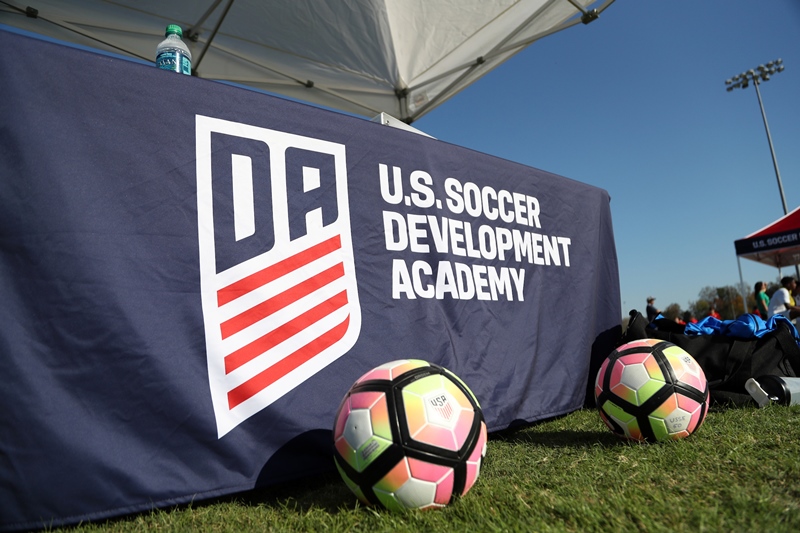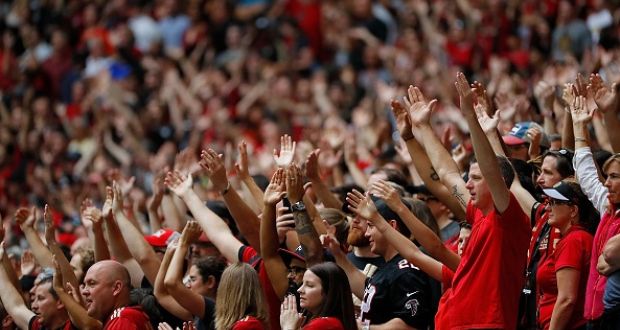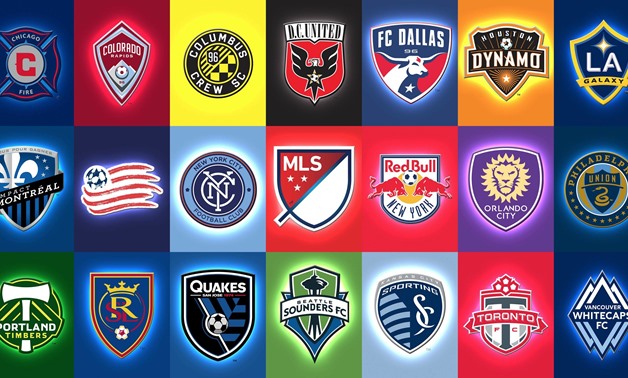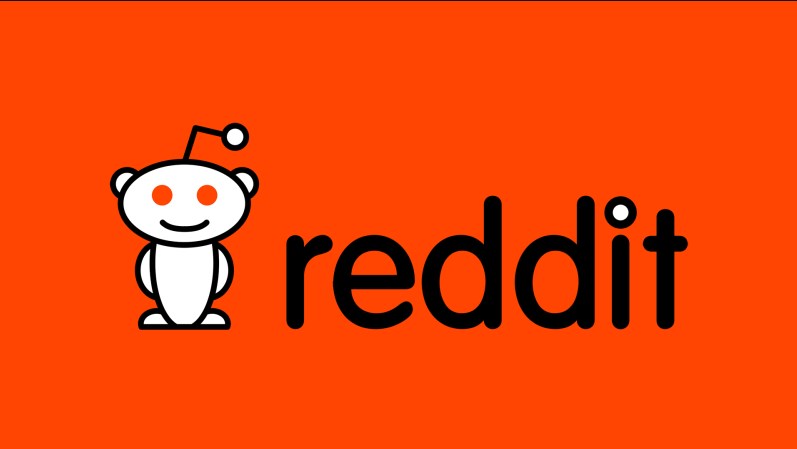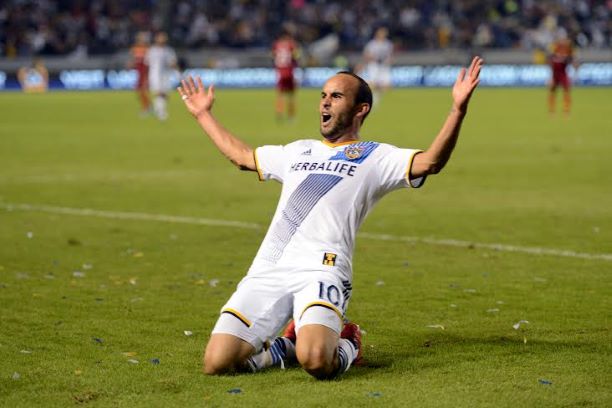How to Run a Football Club: a tale of several Americans
How to Run a Football Club: a tale of several Americans


By Saf Hossain, writing from London
The small matter of Liverpool versus Manchester United is, arguably, the biggest fixture in any sport, anywhere in the world. This Saturday afternoon at Anfield was due to be a special occasion regardless, but the most illustrious match in English football will be forced to share the day with a very significant anniversary. October 15th marks one year since Liverpool FC was formally taken over by John W. Henry’s New England Sports Ventures (now the Fenway Sports Group), saved from the cusp of financial oblivion and launched back into the flighty echelons that all clubs aspire to: financial stability. And, if your name is Tom Ollis Hicks, it marks a full year since the ‘epic swindle’.
Same old Liverpool fans, always celebrating their small victories – Happy Istanbul Day! Happy Last-Time-We-Won-A-Trophy Day! Happy Roy-Hodgson-Getting-The-Sack Day! Whatever, you’d be doing cartwheels too if you had witnessed a midfield reduced from Gerrard, Alonso and Mascherano in February 2007 to Gerrard, Joe Cole and er, Christian Poulsen by October 2010.

Among Gillett and Hicks’ lengthy list of faux pas from their little jaunt in the English Premier League, perhaps the crucial mistake was to effectively repeat business practices from their other ‘franchises’ – the Rangers, Stars and Canadiens, respectively. Trying to apply ideas from local markets where they had demonstrated marginal competency, to a different culture, Hicks and Gillett leveraged every financial transaction against the club – the intial purchase, the acquisitions of Torres and Mascherano; they even attempted to build a new 70,000-seater stadium using credit (at least Mr Hicks now has a nice drawing of that hypothetical stadium on his mantelpiece in Texas).
With such a gamble you can be certain the two American businessmen expected a sure thing – that is, Liverpool’s on-pitch success at that particular time, possibly winning the league within a short space of time. But England’s top flight is a league where even Manchester City’s stars could fail to do it on a cold, wet night at Stoke: the unpredictability is a unique selling point. If you wanted a sure thing, Tom and George, you were better off trying to buy Barcelona. But you could imagine these two actually trying that. Would anybody blame them for the financial meltdown that made the stadium project improbable? Probably not, but there’s an important financial lesson to be had: if you have to borrow that much money, you probably shouldn’t own a football club.

While you’re at it, after the curtain is drawn back and your hand is being forced into a sale of the ‘asset’, don’t pretend to have miraculously added value to said asset without dipping so much as a little finger into one’s own pockets. To their eternal credit, the Americans’ creditors (and the British legal system) saw past the sham and enabled the sale to the owners of the Boston Red Sox.
Were the fans sceptical of yet more Americans at the helm? The club had been built by Shanks and broke by Yanks, after all. But as owners of the Red Sox, the Kopites ultimately took heart from the turnaround at Fenway Park. The bigger question was, would it be possible to balance two massive franchises with parity? In the baseball off-season, two players were signed by the Red Sox to the tune of $300m. Now FSG had to make a statement to the Liverpool faithful, and the £35m transfer of Andy Carroll did briefly break the British transfer record. That was the statement: a debt-free Liverpool was profitable and money was available. It would be put to use, too: Suarez, Henderson, Downing, Adam and Enrique will now play a large part in Liverpool’s future.
The architect of Anfield’s £110 million spending spree, Damien Comolli, they have a director of football schooled in sabremetrics and armed with a methodical approach to squad-building. FSG’s management has been such that the biggest accusation that Liverpool now faces is of overspending. Overspending, the club that’s about to mark a year since they avoided administration. Moreover, the club are able to take advantage of the massive profitability they already enjoy. With a maverick (if outspoken) managing director like Ian Ayre in place, Liverpool’s global popularity can finally be optimised. And in Kenny Dalglish – FSG’s big ‘risk’ that has paid off so bountifully – the Kopites have back an idol that, like some Anfield traditions, bridges generations. Through the winter of discontent under Roy Hodgson, the fans would recall Rafael Benitez’ spell in charge as a golden age, but with Dalglish sitting in the dugout the memory of Rafa has been respectfully and appropriately curated into Liverpool’s illustrious history. The team, the brand, and a manager who ‘gets’ the fans – have FSG established a new ‘holy trinity’ at Liverpool, one primed to take advantage of modern football?
It’s perhaps a credit to John Henry and FSG that their grace period with the fans has actually lasted longer than it took for Gillett and Hicks’ unfit and unproper business model to be exposed. Then again, after such a period in a club’s history, any alternative was bound to take on something of a messiah complex. On the isle a short ferry ride from the shores of Liverpool originates an ancient proverb: “Remember,” they say, “that the darkest hour of all is the hour before day.” But Liverpudlians prefer to take cues from their own hymn sheet: at the end of a storm, there’s a golden sky.

